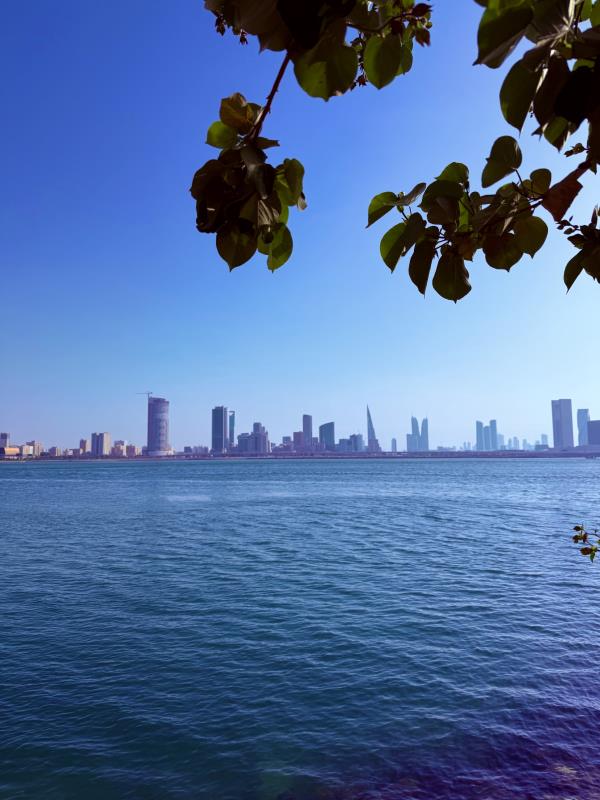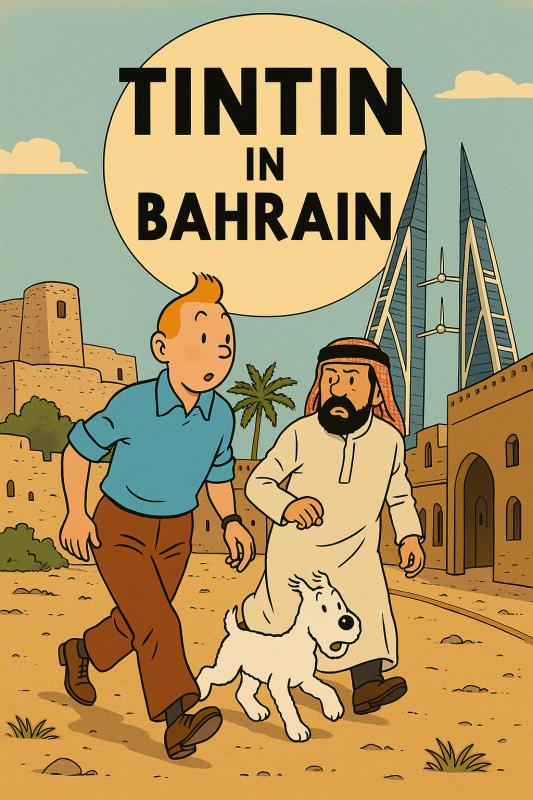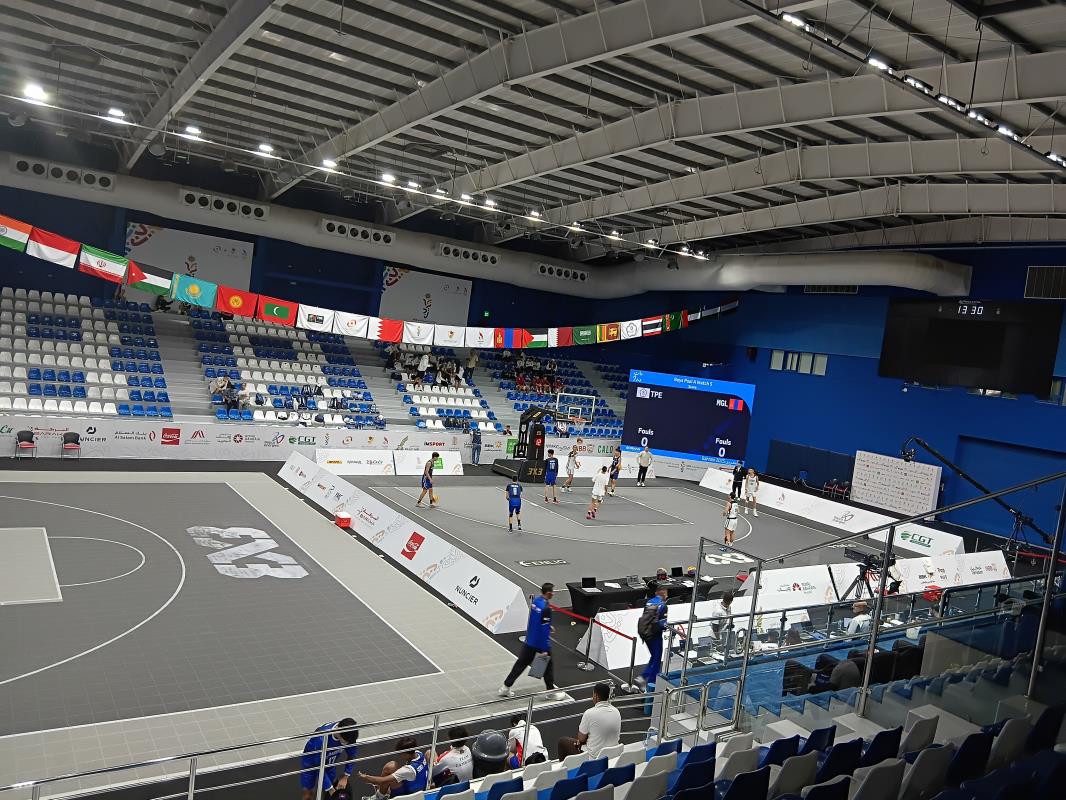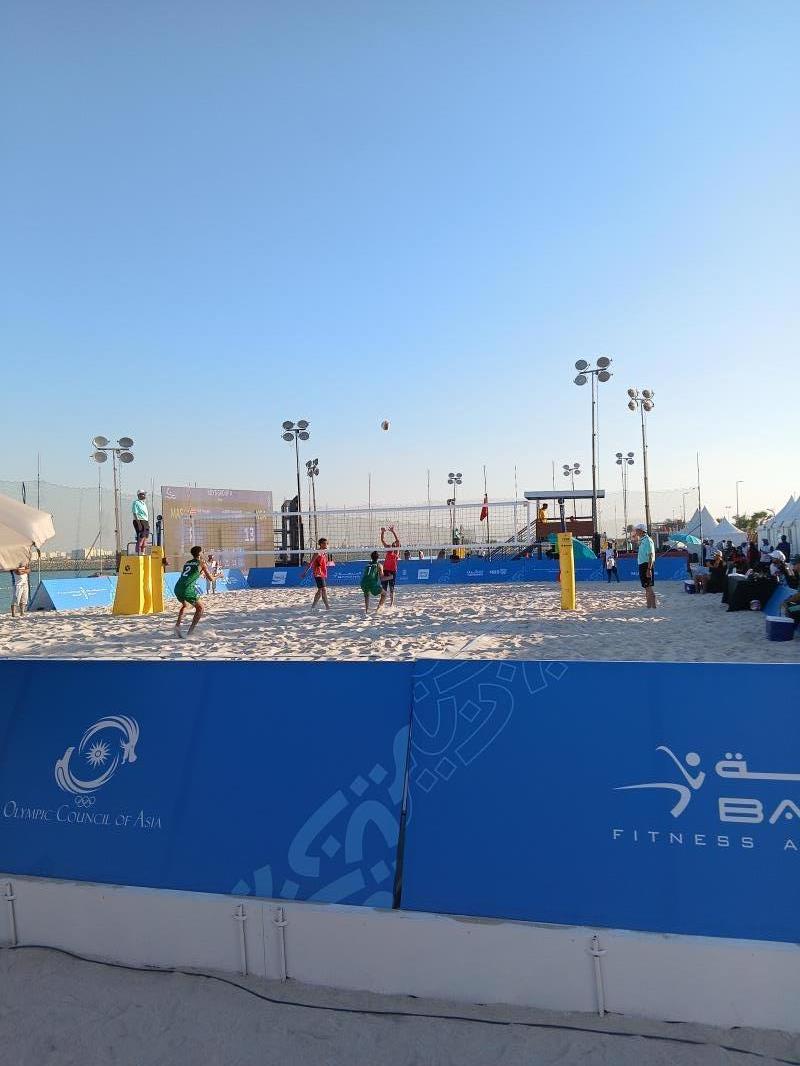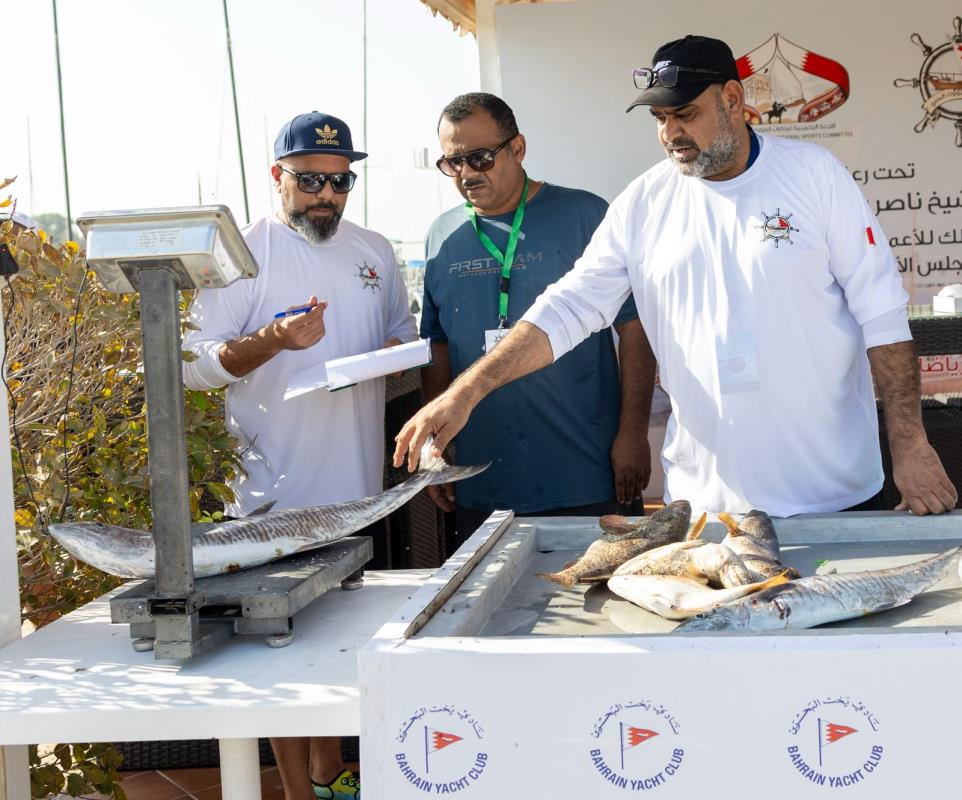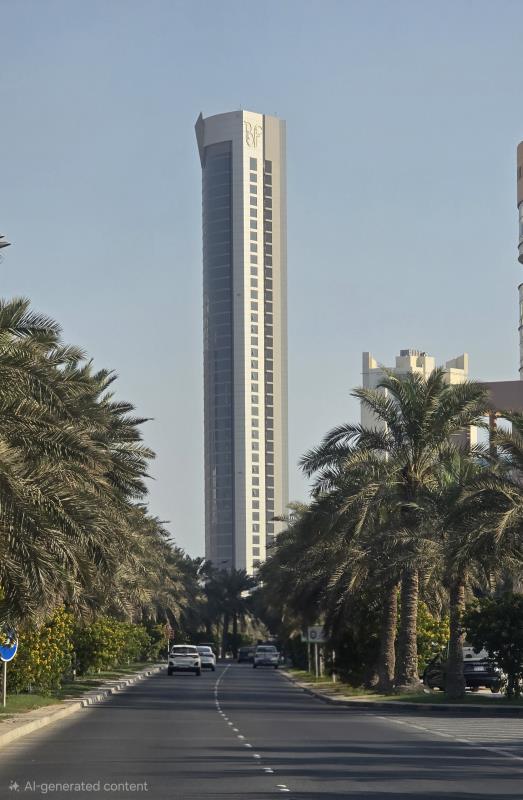
Should leaders lead, from the front or the rear?
Before we answer, we have to remember that no situation is absolute. Situations are dynamic, and resources and their availability are changing constantly.
There cannot be one solution to fit all situations either. However, some useful guidelines have worked often in history. So leaders sometimes have to lead from the front and at other times from the rear.
What does a leader do?
A leader motivates and leads a group of people, to achieve a particular objective, in a particular way, along a chosen path.
The leader selects the challenges, either formulating or approving strategies and plans and then providing the team with the necessary resources.
At this stage, the leader has to be a the front, a position that has the advantage of being personally and actively involved. The disadvantage is that everything comes to be centralised around the leader. If the leader does not engage well with his team it tends to reduce the contribution, effectiveness and efficiency of subordinates.
preprocess
In a small team or where goals and plans are unclear or a lack of structure or systems the leader will have to continue to lead from the front. The danger is, that in case the leader gets incapacitated, the entire battle or mission will be endangered.
It is often in such cases, that the leader at the front gets so far ahead of the team that he or she gets disengaged from the main body of the team, strategically, tactically even operationally.
Such a leader is no leader at all. He is just ahead of his team. The team is not following they are just wandering. This is not good, because the leader has rendered the team superfluous and setting himself up for failure.
So the appropriate thing to do is for the leader to guide and infect the team with what is to be achieved.
After making things clear, defining protocols and procedures, assigning responsibility and appropriate authority to the team, provide them with required resources, the leader has to get out of the way.
The leader delegates but does not abdicate responsibility and moves to the rear of the organisation letting people do what they are supposed to do.
From the rear, the leader can systematically review and advise/instruct corrective actions to be taken. From the rear, the leader can shuffle support and resources as the situation may demand.
If a leader operating from the front, for some reason is incapacitated, the entire project, battle or mission, could be endangered and vulnerable to collapse.
preprocess
A leader permanently at the front becomes indispensable to his team. This does not leave any time or space for the leader to explore innovations, and improvements, or seize new opportunities thus degrading the mid and long-term prospects of the organisation.
A good leader is recognised by the fact that he or she is virtually not required for routine work because he or she has acted wisely. What does wisely mean?
Chosen the objectives after careful study, made appropriate and detailed plans and chose and empowered an appropriate team. Structured and systemised the work, particularly the routine aspects. Finally to establish good and effective review and corrective mechanisms.
At this stage, the leader should move to and lead from the rear. The leader will discover that he has the time, patience, and great opportunity to do many more things in a better and more detailed manner.
In the case of leading from the rear, a leadership crisis is unlikely to adversely affect the short and medium-term situation of the team and organisation. The longer-term prospects will be affected but then the organisation has adequate time to respond and transition.
I am reminded of [Lao Tzu](https://www.worldhistory.org/Lao-Tzu/) and his 2600-year-old message about what makes a good leader. At that time as it was throughout history, the military, political, social, cultural and economic leadership was centralised in one or a small group of individuals. It is more complex nowadays as we have become a society of organisations. Thus the leader has to contend with subordinates spread over many organisations and many more departments in each organisation.
It is strange how some things never change. People, situations and objects change but principles and life philosophies hardly ever. So Lao Tzu's message remains relevant.
Which type of leader is the best?
----------
"The highest type of leader is one of whose existence the people are barely aware of.
Next comes one whom they love and praise.
Next comes one whom they fear.
Next comes one whom they despise and defy.
The good leader speaks little and keeps himself in the background. When his task is accomplished & things have been completed, all the people say, ‘We have achieved it ourselves."
~ Lao Tzu (6th Century B.C.E. Chinese philosopher and teacher)
preprocess
Interesting Links:
- Lao Tzu ~ World History Encyclopedia
- Eastern Philosophy - Lao Tzu ~ The School of Life (YouTube)
preprocess





























































